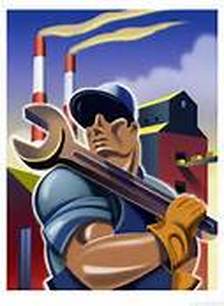
But just to give a little symmetry to the season, I figured it only fair to offer a few random musings regarding the other summer bookend…
* The first recorded observation of Labor Day was in New York City in 1882, organizied by a carpenter’s union secretary named Peter McGuire.
Labor Day was first recognized nationally in 1894, following a bloody labor strike when US forces opened fire on striking workers at the Pullman Railroad Co. This bloody confrontation forced President Grover Cleveland to appease the national labor force by signing a bill into law recognizing Labor Day as a Federal Holiday.
* I’ve always found it a bit ironic that to celebrate the work ethic of American Labor, we celebrate by taking the day off. Not complaining, just a bit ironic
.* “Labor Day, when we briefly pause from demonizing unions to enjoy mattress sales in their honor.” – Anonymous
* There’s been a lot of talk over the past few years regarding the decline in American manufacturing. But did you know that as of the 2010 census, manufacturing jobs still make up the highest percentage of jobs among US men, with 11.3 million manufacturing jobs.
* 10.3 million Americans are self-employed. Just think, if it wasn’t for me I would’ve had to type 10,299,999
* Want a longer summer? Try New Zealand. They don’t recognize Labor Day until the 4th Monday of September. Of course it’s the southern hemisphere, so they’re actually just giving themselves a longer winter.
 FDR quote, from FDR Memorial, Washington DC
FDR quote, from FDR Memorial, Washington DC * New York has the highest percentage of unionized workers at 25 percent. The lowest? North Carolina at 3 percent.
* The National Labor Relations Act of 1935 is widely recognized as the cornerstone of modern labor law, signed into law by labor-friendly president FDR. The workforce gained even more strength and support shortly thereafter, when manufacturing jobs spiked due to WWII.
* “If all the cars in the United States were placed end to end, it would probably be Labor Day Weekend.” -- Doug Larson, American newspaper columnist
* To most Americans today, Labor Day symbolizes the unofficial end of summer, the start of the school year, and the start of football season. Time to get back to business (of course for us landscaping types, that’s been going on all summer anyway).
* My agenda for the weekend includes being incredibly lazy, hitting up the pool for the last few times, maybe a fishing excursion with the kids, and living in denial that summer isn’t actually coming to a close. And yes, I'm excited for football season, and my Wolverines taking the field, and postseason baseball, and warm cider on cool nights, and hayrides, and all the other fun parts of fall. But for now, I'm milking summer for all its worth.
* Whatever your plans, stay safe and enjoy the waning days of summer.
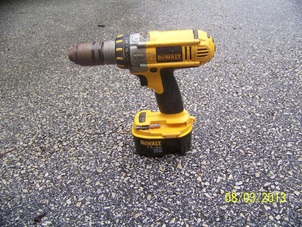

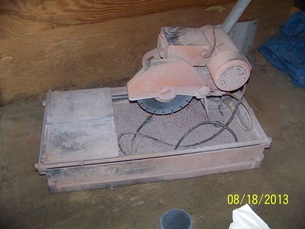

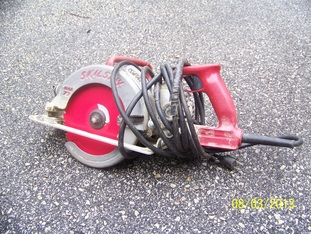
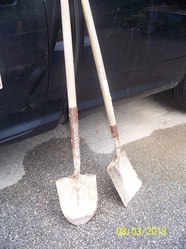
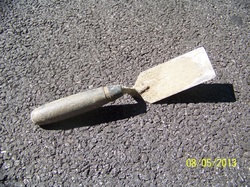
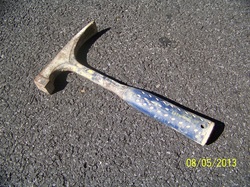
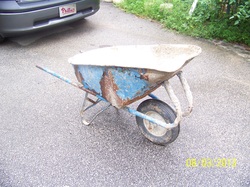
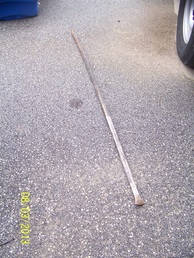
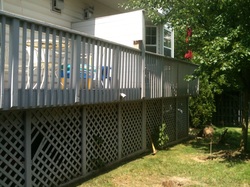
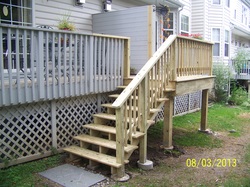
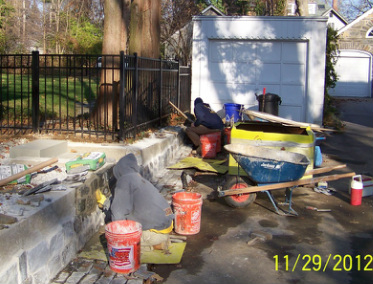



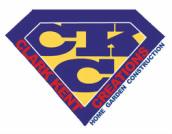

 RSS Feed
RSS Feed